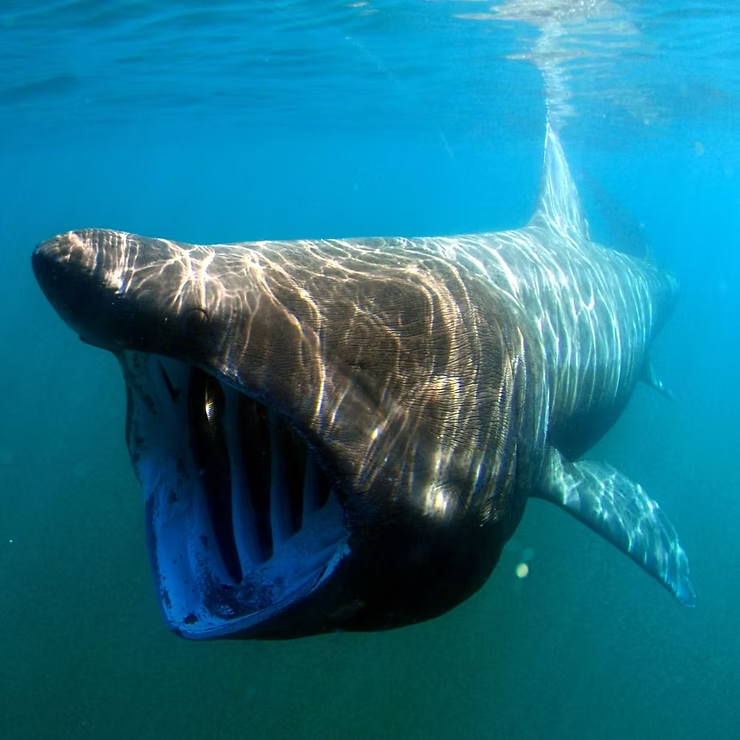From Prey to Predator: Understanding Marine Ecosystem Dynamics
Marine ecosystems are intricate webs where every creature, from plankton to whales, plays a critical role. Their survival depends on a balance of relationships, the shifting effects of climate change, and human activities that continue to reshape ocean life. By exploring these dynamics, we uncover how marine animals adapt, the threats they face, and the urgent need for conservation to safeguard biodiversity and sustain our planet’s blue heart.
The Ocean’s Balancing Act
The Food Web
The marine food web is the foundation of ocean life. At the base, phytoplankton harness sunlight to produce energy. Zooplankton consume them, followed by fish, crustaceans, and mid-level predators. At the top, sharks, seals, and whales ensure balance. These relationships regulate nutrient flow, oxygen production, and biodiversity, reminding us that every ocean creature, no matter how small, influences the whole.
Camouflage and Survival
Marine life thrives through strategies of concealment and evasion. Camouflage allows prey to hide and predators to ambush, while echolocation and low-frequency calls aid navigation and communication. This constant interaction of signals shapes how species hunt, evade threats, and secure their survival in complex underwater environments.
Migrations and Territory
Warming waters are forcing marine species to migrate. As habitats shift, territorial boundaries blur, creating new challenges and opportunities. Seasonal migrations tied to breeding or feeding show how species synchronize with ocean rhythms. These shifts ripple across ecosystems, influencing food availability and long-term survival.
Climate Change and Ocean Health
Warming Waters
Rising global temperatures disrupt ocean currents, alter salinity, and reduce nutrient circulation. Right whales, for example, struggle as warming waters reduce the availability of plankton prey. These changes echo across the food chain, highlighting the vulnerability of marine ecosystems to climate instability.
Polar Struggles
Polar bears and other ice-dependent species face declining hunting grounds as sea ice melts earlier and forms later each year. The shrinking Arctic habitat illustrates how warming threatens not just individual species but entire ecosystems dependent on frozen environments.
Ocean Acidification
- Corals lose structural strength, threatening reefs.
- Shellfish expend energy maintaining shells in acidic waters.
- Fish face altered growth, reproduction, and sensory functions.
This “acid test” disrupts food webs and directly affects human communities reliant on marine resources.
Human Impacts on the Seas
Overfishing and Bycatch
Overfishing diminishes fish populations, while bycatch harms turtles, dolphins, and seabirds. These practices disrupt ecosystems and threaten food security for communities reliant on healthy fisheries.
Pollution and Noise
Nutrient pollution fuels algal blooms that create oxygen-starved dead zones. Industrial and shipping noise disrupts whale communication and dolphin navigation, forcing species to abandon habitats and increasing stress across populations.
Carbon Emissions
Excess CO2 worsens acidification, reduces oxygen levels, and alters currents. These combined effects jeopardize marine biodiversity and reshape ecosystems faster than many species can adapt.
Adaptation and Resilience
Survival Strategies
Marine life adapts through mimicry, migration, and evolutionary innovation. Octopuses demonstrate camouflage mastery, while whales adjust migration routes. These strategies illustrate resilience but also show limits when environmental pressures accelerate beyond adaptive capacity.
Marine Sanctuaries
- Protect biodiversity and endangered species.
- Provide safe breeding and feeding grounds.
- Allow ecosystems to recover from human activity.
Effective sanctuaries depend on enforcement, local involvement, and long-term policy support.
Hope Through Conservation
Protected Areas and Policy
Marine Protected Areas, when managed properly, offer safe havens for vulnerable species. Policies at international, national, and local levels ensure these protections are enforced and adapted to changing conditions.
Community and Citizen Science
Grassroots conservation empowers local communities to safeguard reefs, mangroves, and shorelines. Citizen science initiatives gather vital data, while eco-tourism, when responsibly managed, funds conservation and education efforts.
Conclusion
The survival of marine ecosystems is tied to how well species adapt and how effectively humans act to reduce threats. Conservation efforts, from sanctuaries to policy reforms, provide hope, but time is critical. Protecting marine life is not only about preserving biodiversity—it is an investment in the resilience of our planet and the well-being of future generations.
Frequently Asked Questions
How does climate change affect marine ecosystems?
It causes warming, shifting currents, acidification, and habitat loss, altering species distribution and food webs.
Why are marine animals important?
They sustain biodiversity, regulate food webs, and support human communities through food and ecological services.
What is ocean acidification?
It is the drop in ocean pH caused by CO2 absorption, harming corals, shellfish, and marine biodiversity.
How do sanctuaries help?
They protect habitats, allow recovery from human impacts, and preserve biodiversity for long-term ecosystem resilience.
How can the public help conservation?
By supporting sustainable seafood, reducing carbon emissions, engaging in citizen science, and advocating for marine policies.

